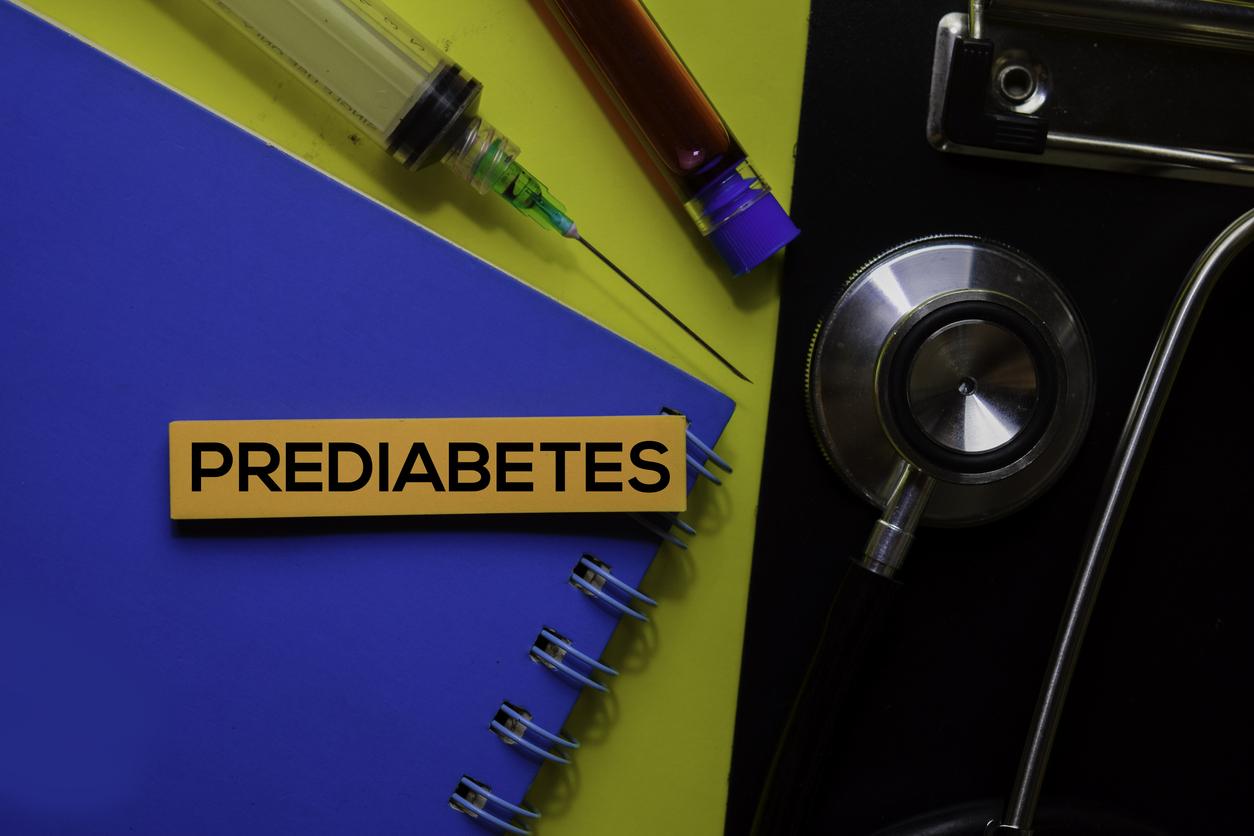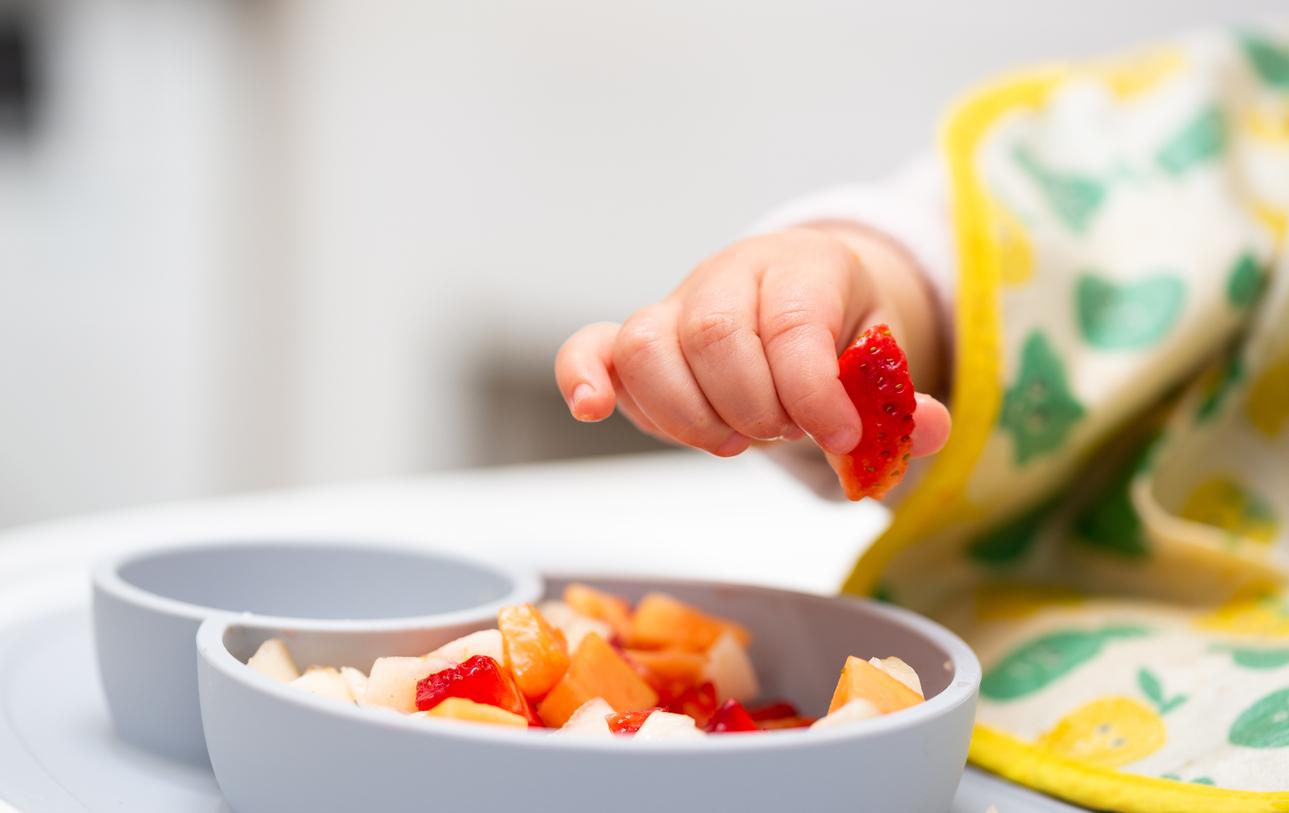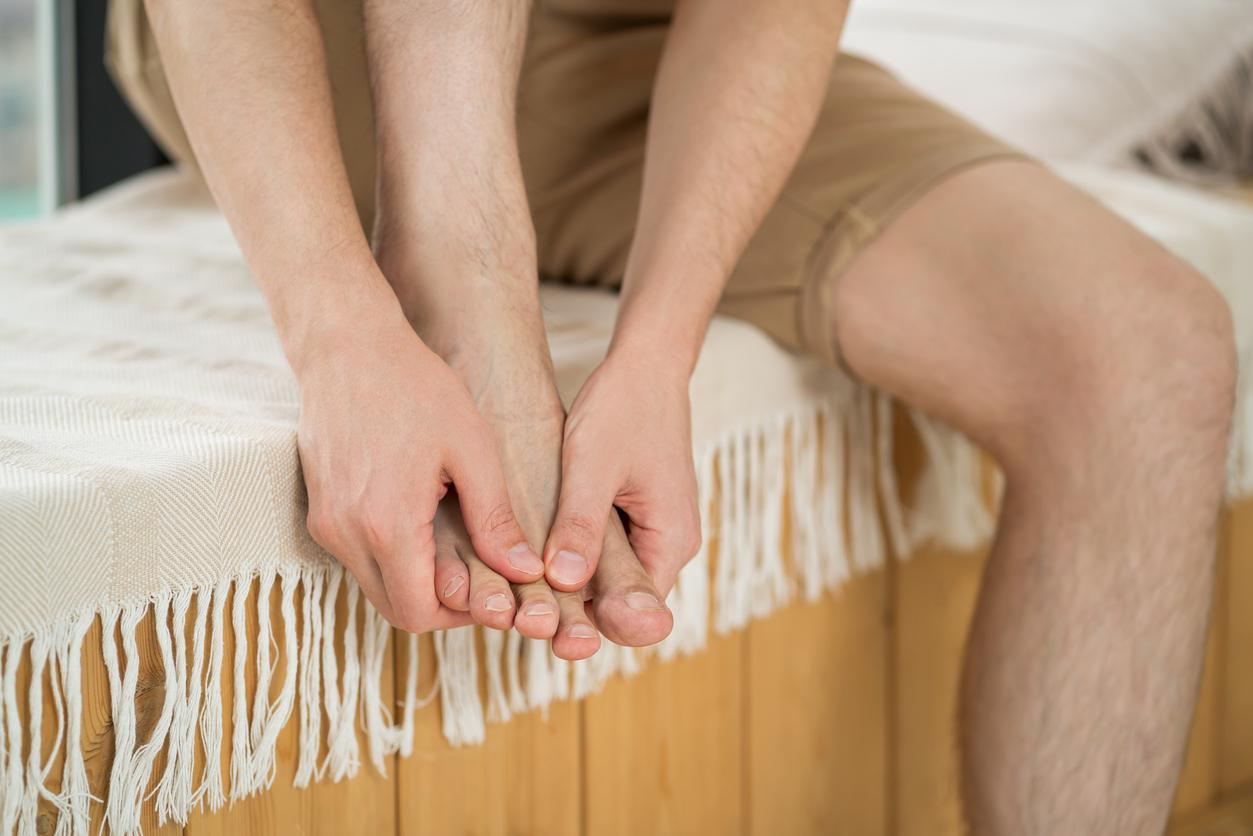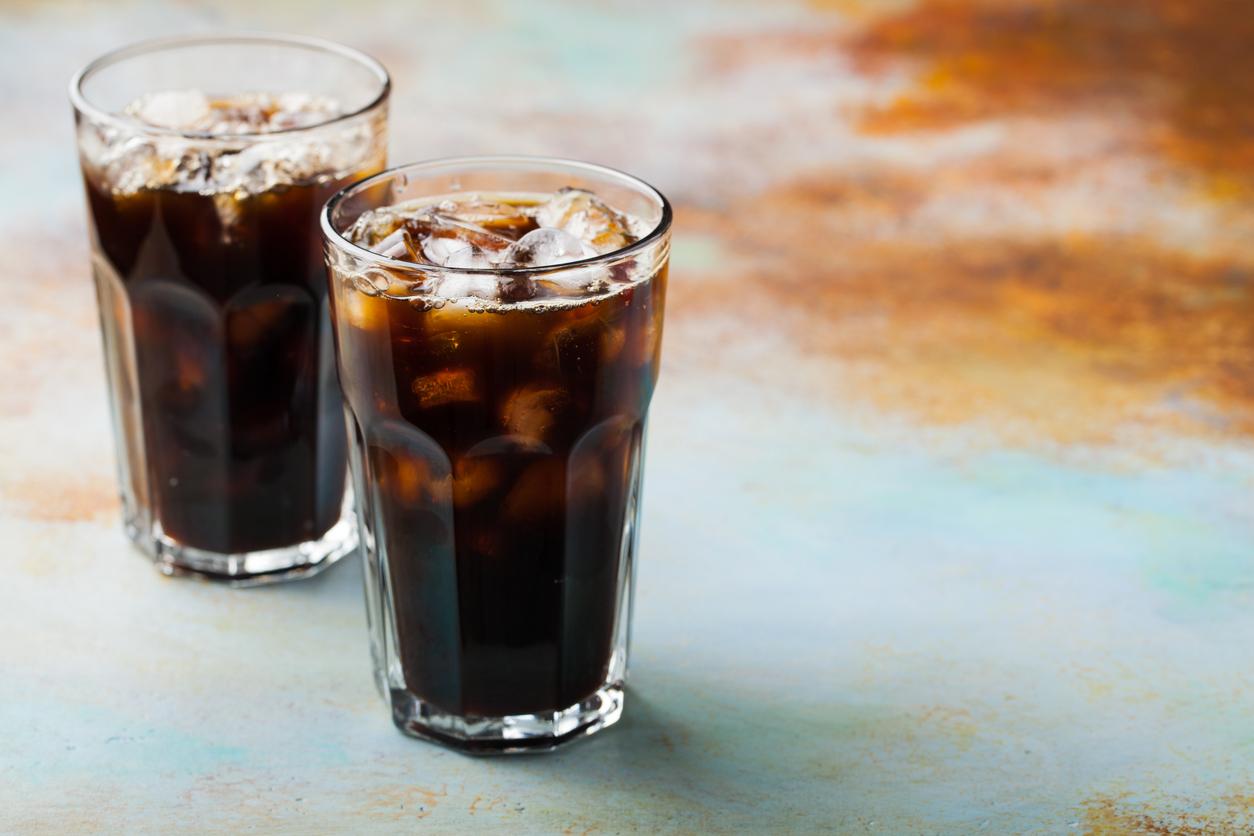
Question and answer
Good question! In this section Plus goes in search of answers to nagging questions. Why do you have to pee more often when it’s cold? Are thin people rather cold? And does the 5-second rule work?
It’s a well-known rule: if you drop something on the floor, you can still eat it if you pick it up within 5 seconds. In that short time, bacteria would not get the chance to settle on the food. But is that really so?
Much research has been done on the phenomenon in recent years. Microbiologist Ronald Cutler of London University, for example, subjected this rule to a test. In his experiment, he successively dropped a slice of pizza, an apple and a toasted butter sandwich on a soiled floor. The food was picked up after 0, 5 and 10 seconds. Then he examined it for the presence of bacteria. All products were found to contain the same amount of bacteria.
bacteria
Researchers from Aston University came to the same conclusion in a similar study. For their research they looked at the presence of two common bacteria, E.coli and Staphylococcus aureus. They examined the transfer of these bacteria from different types of floors to different types of food after 3 to 30 seconds of contact.
Time turned out to play an important role. Because the longer something lay on the floor, the more bacteria on the food. But even a fraction already had bacteria on it. The type of floor on which you drop the food also appeared to have an influence. Food that had been on a smooth floor, such as tile or laminate, contained more bacteria than food picked up from carpeting.
sick
The fact that there are bacteria on the food does not mean that you will get sick if you eat it. Bacteria are everywhere. Think, for example, of the dishcloth on the counter in the kitchen. But your smartphone and toothbrush are also full of bacteria. Do you want to err on the side of caution? Then you better throw away food that has fallen on the floor.
Sources):

















